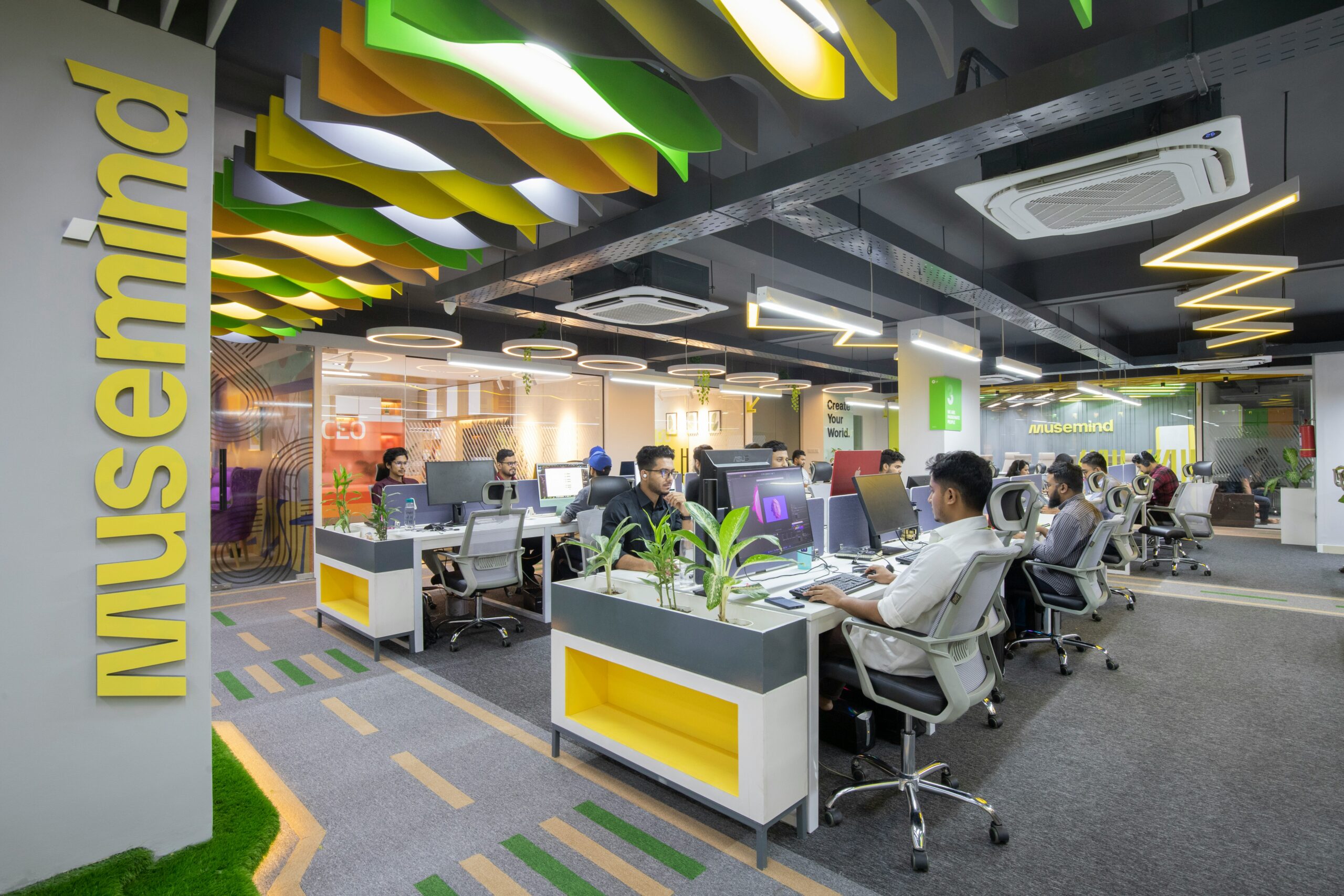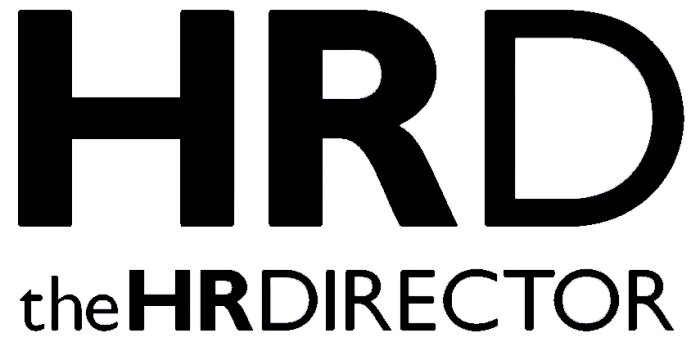The modern workplace is experiencing a transformation as profound as it is inevitable. For HR professionals, this shift offers both challenge and opportunity: a chance to rethink how work is organised, how teams collaborate and how organisations unlock the full potential of their people. At the heart of this change lies the digital workplace, an idea that goes far beyond simply adopting new tools and technologies.
What is a digital workplace?
A digital workplace is a cloud-based environment that unifies an organisation’s documents, data and workflows in a virtual space. It delivers secure, permissioned access to information, streamlines processes through automation and provides a suite of collaboration tools that empower employees to work from anywhere at any time. This is more than just enabling remote work or flexible schedules; it is about building an infrastructure that supports agility and continuous improvement.
The digital workplace unlocks powerful possibilities across virtually every department in an organisation. In government, digital tools allow citizens to complete forms online, reducing the need for in-person visits. Universities streamline operations by securely sharing student data between admissions, financial aid and the registrar’s office while meeting strict privacy standards. Manufacturers bridge the gap between engineering teams and factory floor staff, enabling faster, clearer communication. Financial institutions accelerate customer onboarding through online forms and digital signatures.
For HR leaders, the digital workplace becomes a platform for innovation. It enables seamless communication between departments, instant access to vital information and the automation of routine tasks. Whether onboarding new hires, managing performance, or supporting learning and development, the digital workplace helps HR deliver a superior employee experience and drive organisational success.
Strategic advantages for HR
The benefits of a digital workplace are clear, especially for HR teams tasked with managing talent, culture and compliance in an increasingly complex environment.
It fosters agility and productivity, allowing HR teams to respond quickly to changes, whether due to sudden shifts to remote work, organisational restructures or new regulatory demands. Real-time access to information supports better decision-making, leading to improved outcomes for both employees and the business.
Beyond efficiency, the digital workplace enhances employee engagement and experience. Collaboration and communication tools, combined with flexible work arrangements, help organisations attract and retain top talent. These advantages contribute to higher levels of employee satisfaction and well-being.
From a practical perspective, digital processes increase efficiency and optimise resources – an important advantage for organisations with limited budgets. Moving away from paper-based systems and reducing the need for physical storage allows HR departments to cut operational costs and redirect resources toward strategic initiatives. Automated workflows and self-service portals also reduce the administrative burden on HR staff, freeing them to focus on high-value activities like talent development and nurturing organisational culture.
Compliance and data security are central to HR’s responsibilities, and the digital workplace strengthens both. Robust controls for access, sharing and storage of information help organisations comply with regulations such as UK GDPR. Secure, cloud-based storage minimises the risk of data breaches and ensures sensitive employee information remains up to date and accessible to those who need it.
In addition to these core advantages, the digital workplace offers other significant benefits. Sustainability is one notable area: digitising processes such as onboarding, payroll and performance management dramatically reduces paper consumption and supports broader environmental goals, aligning with the values of employees and stakeholders.
Another important benefit is the elimination of unorganised file sharing, which is a common source of confusion and a security risk in traditional workplaces. The digital workplace provides a centralised, secure platform for document management, ensuring information is well-organised, easily accessible and subject to appropriate controls. This not only improves data integrity but also simplifies compliance with audit and reporting requirements.
Furthermore, the rise of hybrid working makes cloud-based solutions essential for HR departments. Cloud platforms allow HR to support employees working in the office, at home or on the go, without costly infrastructure investments. These solutions are scalable, secure and straightforward to deploy, making them an ideal foundation for the digital workplace and enabling HR to adapt quickly to changing workforce needs.
Implementing the digital workplace
The journey to a digital workplace requires careful planning and execution. For HR leaders, the following steps can help ensure a successful transition:
- Assess the current state: Evaluate your organisation’s readiness for digital transformation. Identify existing processes, tools and pain points, and consider how a digital workplace could address these challenges.
- Define your objectives: Clarify what you hope to achieve. Are you focused on improving employee experience, reducing costs, enhancing compliance, or all three? Setting clear goals will guide your strategy and help measure success.
- Select the right tools: Research and compare digital workplace solutions that align with your needs. Look for platforms with robust security, user-friendly interfaces and strong support for HR workflows. Consider piloting solutions with a small group before rolling them out organisation-wide.
- Integrate and migrate: Work with your chosen provider to implement the new system and migrate existing data. Ensure seamless integration with current HR systems and that employees have access to the information they need.
- Involve employees and manage access: Engage employees throughout the process, gather feedback and address concerns. Implement role-based access controls to ensure data security and compliance.
- Train and support: Provide comprehensive training for all users, with a focus on “super users” who can support their colleagues. Offer ongoing support to address questions and resolve issues as they arise.
- Launch and iterate: Once employees are confident in using the new system, officially launch the digital workplace for day-to-day operations. Continuously monitor performance, gather feedback and make adjustments as needed to ensure ongoing success.
For HR leaders and teams, the digital workplace is a strategic imperative that enables greater agility, efficiency and employee engagement. By embracing this change, HR leaders can position their organisations for long-term success in an unpredictable world.
It’s important to remember that the digital workplace is not just about technology; it is about people. It empowers employees to do their best work, wherever they are, and enables HR to deliver value in new and meaningful ways. As the workplace continues to evolve, HR leaders have a unique opportunity to shape the future of work by championing the digital workplace and driving the cultural and operational changes that will define the next era of business.







